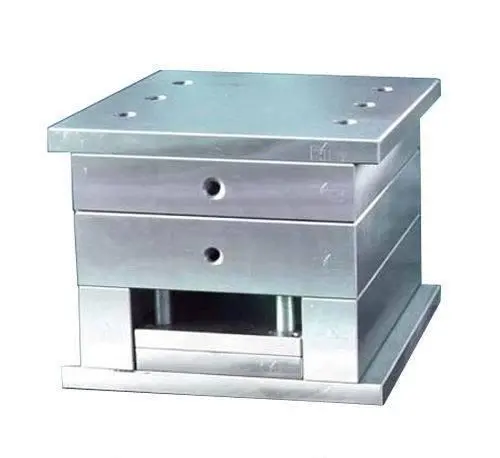In the world of manufacturing, particularly in regions like Singapore, selecting the right material for molds is crucial. Mold steel is a fundamental component that determines the quality, durability, and cost-effectiveness of molded products. This guide provides essential insights into what you should consider when choosing mold steel for your manufacturing needs.
Understanding Mold Steel Types
Before making a decision, it's vital to understand the various types of mold steel available in the market. The most common types used in Singapore include:
1. P20 Steel
P20 steel is a popular choice due to its excellent toughness and resistance to wear. It is often used for injection molds and has a good balance between hardness and machinability. Its versatility makes it suitable for a variety of applications.
2. H13 Steel
H13 steel is a hot work tool steel known for its high-temperature strength and good toughness. It is preferred for die-casting and hot forming applications. It's crucial for manufacturers looking to produce parts that can withstand high thermal stress.
3. S7 Steel
S7 steel is regarded for its shock resistance and wear resistance, making it ideal for tooling applications where impact loading is a concern. This type of mold steel is suitable for applications requiring high durability.
Key Factors to Consider When Choosing Mold Steel
When selecting mold steel, manufacturers in Singapore should consider several key factors:
1. Application Requirements
Understanding the application requirements is essential. Consider the type of product being produced, the expected production volume, and the manufacturing process involved. Different steels cater to specific requirements; knowing these will help you make an informed choice.
2. Machinability
The ease of machining is another critical aspect. Some mold steels offer better machinability than others, which can reduce production time and costs. Choose a mold steel that is easy to machine and can retain its shape without expensive post-processing.
3. Hardness and Wear Resistance
High hardness often correlates with improved wear resistance, which can lead to longer tool life. However, it's vital to find a balance. Extremely hard materials can become brittle and prone to cracking. Assess your production needs to select mold steel that offers the appropriate hardness for your application.
Economic Considerations
The cost of mold steel can vary significantly depending on several factors, including:
1. Material Source
The source of the mold steel can impact pricing. Sourcing from reliable suppliers or local manufacturers in Singapore can help maintain quality while keeping costs manageable.
2. Long-Term Cost Efficiency
While some mold steels may seem expensive upfront, consider their long-term cost efficiency. Investing in higher-quality materials can lead to reduced maintenance costs and fewer replacements, ultimately saving money.
Supplier Selection in Singapore
Selecting the right supplier is crucial in ensuring you receive quality mold steel. Here are some tips for choosing suppliers in Singapore:
1. Research and Recommendations
Conduct thorough research and seek recommendations from industry peers. Reliable suppliers often have a proven track record of quality and customer service.
2. Quality Certifications
Check for quality certifications, such as ISO standards. Suppliers with recognized certifications are more likely to offer high-quality products suitable for mold making.
Technical Support and After-Sales Service
Consider suppliers that provide technical support and after-sales services. Access to expert advice on mold steel selection and handling can significantly enhance your manufacturing processes.
1. Technical Guidance
Many top suppliers offer technical guidance on selecting the best materials based on specific manufacturing needs. They may also provide insights into machining techniques, tooling, and maintenance.
2. Customer Support
After-sales support is equally important. Choose suppliers known for their responsive customer service, as this will help resolve any issues quickly.
Future Trends in Mold Steel Selection
As the manufacturing industry evolves, so do the trends in mold steel selection. Keep an eye on the following:
1. Advanced Alloys
There is a growing trend towards the use of advanced alloys that combine multiple properties, such as hardness and corrosion resistance. These innovative materials could offer even better performance for mold applications.
2. Sustainable Materials
With increasing focus on sustainability, manufacturers are looking for eco-friendly steel options. This could lead to greater demand for recycled materials that do not sacrifice quality.
Conclusion
Choosing the right mold steel is pivotal for successful manufacturing. By understanding the different types of mold steel, considering key factors such as application requirements and machinability, and selecting the right suppliers, manufacturers in Singapore can enhance their operations and produce high-quality products efficiently. Stay informed about industry trends to make the best decisions for your manufacturing needs.

